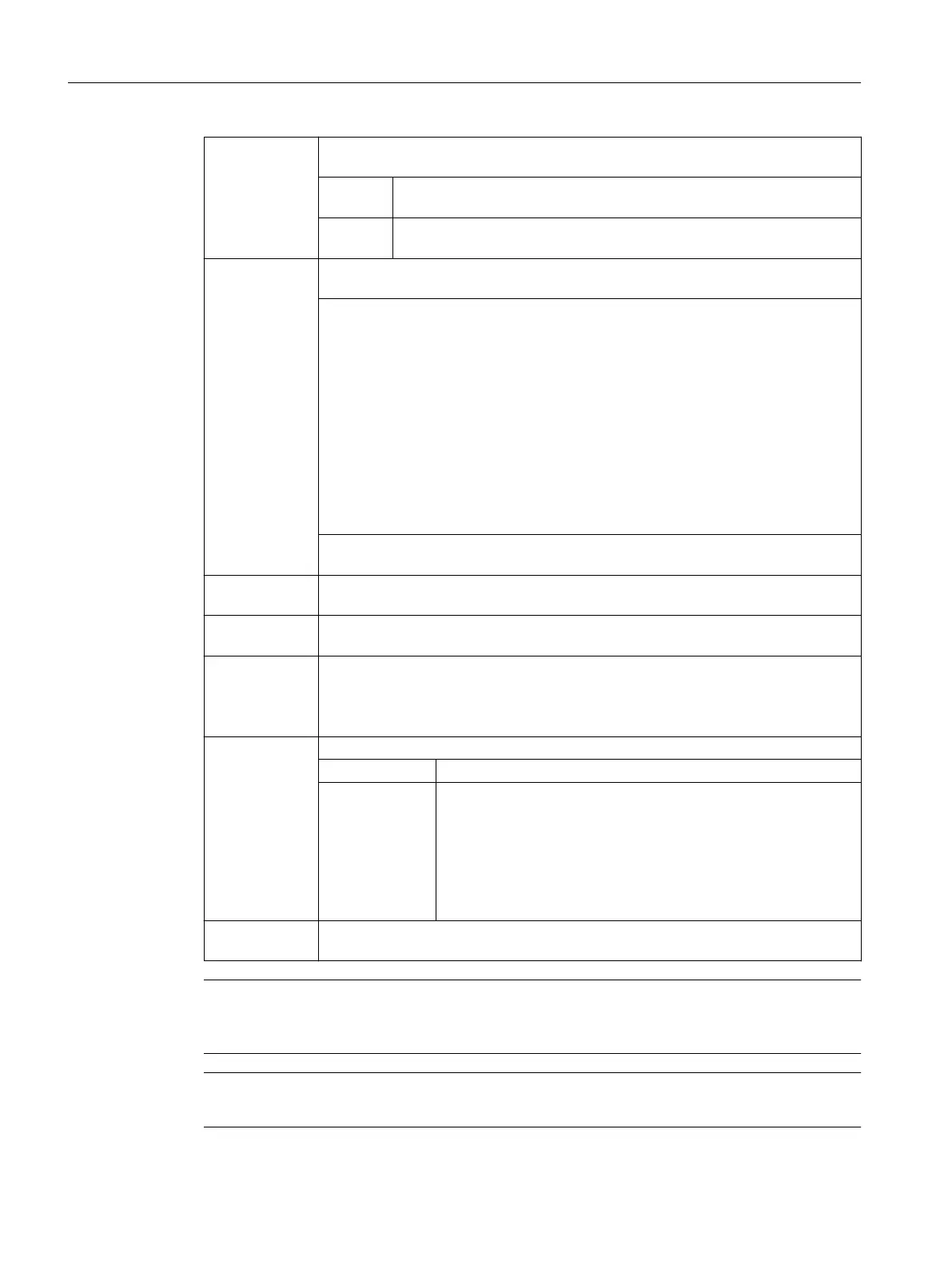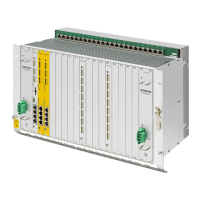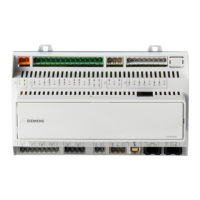LFTXT
LFWP:
The retraction direction is controlled in conjunction with ALF with G
commands LFTXT and LFWP.
LFTXT: The plane in which the retraction motion is executed is calculated from
the path tangent and the tool direction (default setting).
LFWP: The plane in which the retraction motion is executed is the active working
plane.
ALF= : The direction is programmed in discrete degree increments with ALF in the plane of
the retraction motion.
With LFTXT, retraction in the tool direction is defined for ALF=1.
For LFWP, the direction in the machining plane is derived from following assignment:
● G17 (X/Y plane)
ALF=1 ; Retraction in the X direction
ALF=3 ; Retraction in the Y direction
● G18 (Z/X plane)
ALF=1 ; Retraction in the Z direction
ALF=3 ; Retraction in the X direction
● G19 (Y/Z plane)
ALF=1 ; Retraction in the Y direction
ALF=3 ; Retraction in the Z direction
For additional information on the programming options with ALF see Chapter "Tra‐
versing direction for fast retraction from the contour (Page 546)".
LFPOS: Retraction of the axis declared with POLFMASK or POLFMLIN to the absolute axis
position programmed with POLF.
POLFMASK: Release of axes (<axis 1 name>,<axis 1 name>, etc.) for independent
retraction to absolute position.
POLFMLIN: Release of axes for retraction to absolute position in linear relation
Note:
Depending on the dynamic response of all the axes involved, the linear relation can‐
not always be established before the lift position is reached.
POLF[]: Define absolute retraction position for the geometry axis or machine axis in the index
Effective: Modal
=<value>: In the case of geometry axes, the assigned value is interpreted as
a position in the workpiece coordinate system. In the case of ma‐
chine axes, it is interpreted as a position in the machine coordinate
system.
The values assigned can also be programmed as incremental di‐
mensions:
=IC<value>
<axis
identifier>:
Identifier of a geometry axis or machine axis.
Note
LFON or LFOF can always be programmed, but the evaluation is performed exclusively during
thread cutting (G33).
Note
POLF with POLFMASK/POLFMLIN are not restricted to thread cutting applications.
Fundamentals
2.9 Motion commands
NC programming
232 Programming Manual, 12/2019, 6FC5398-2EP40-0BA0

